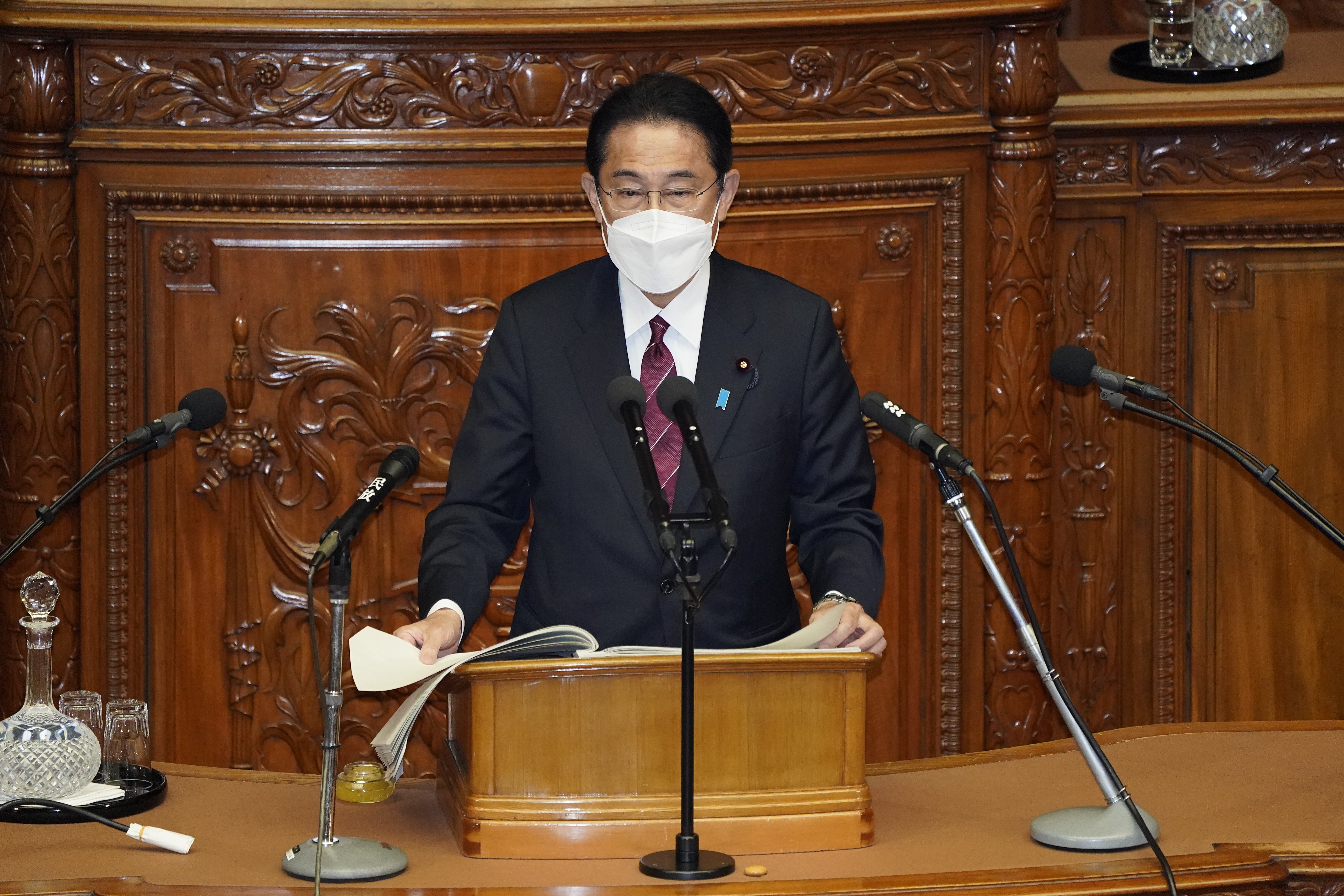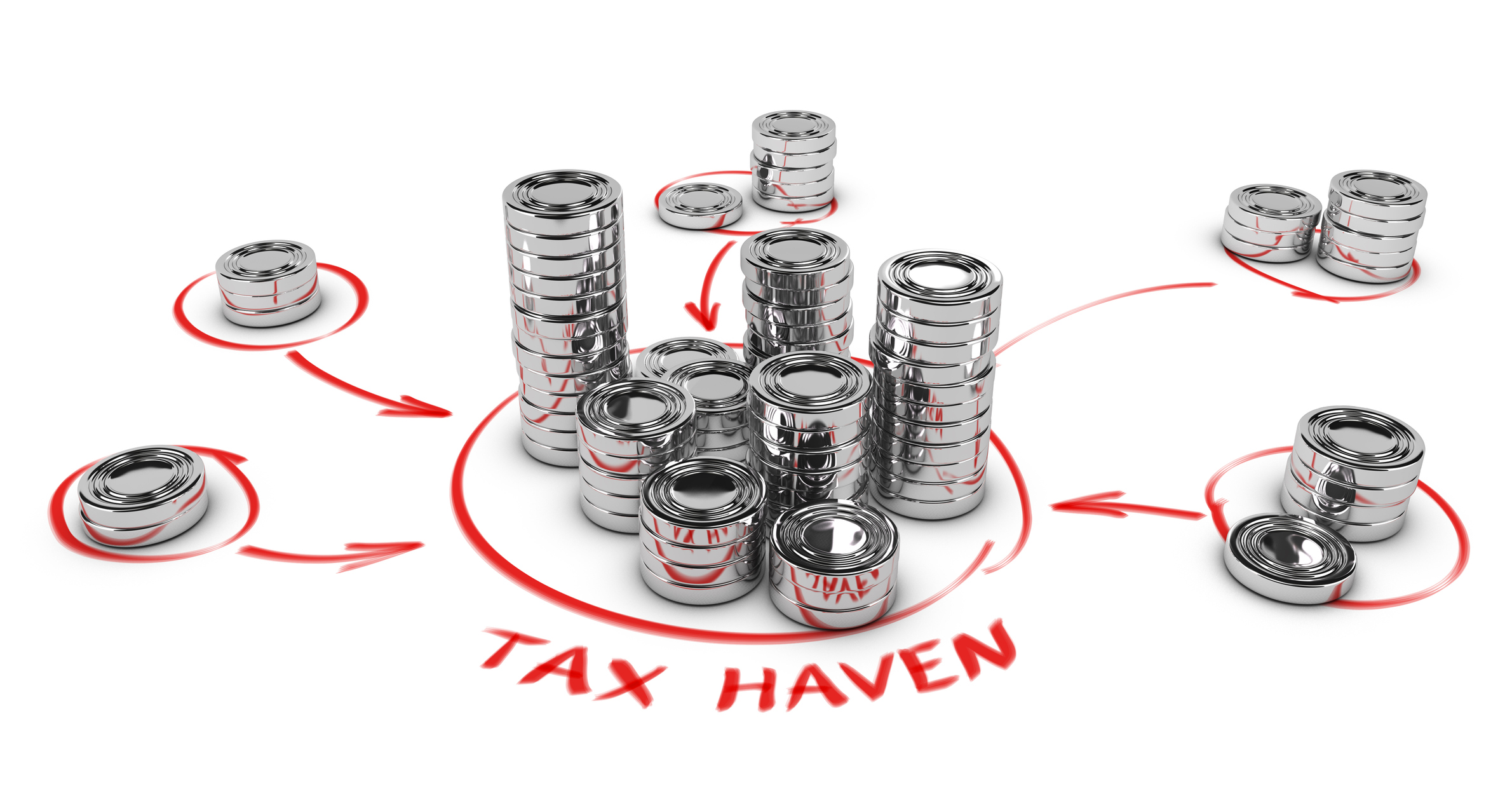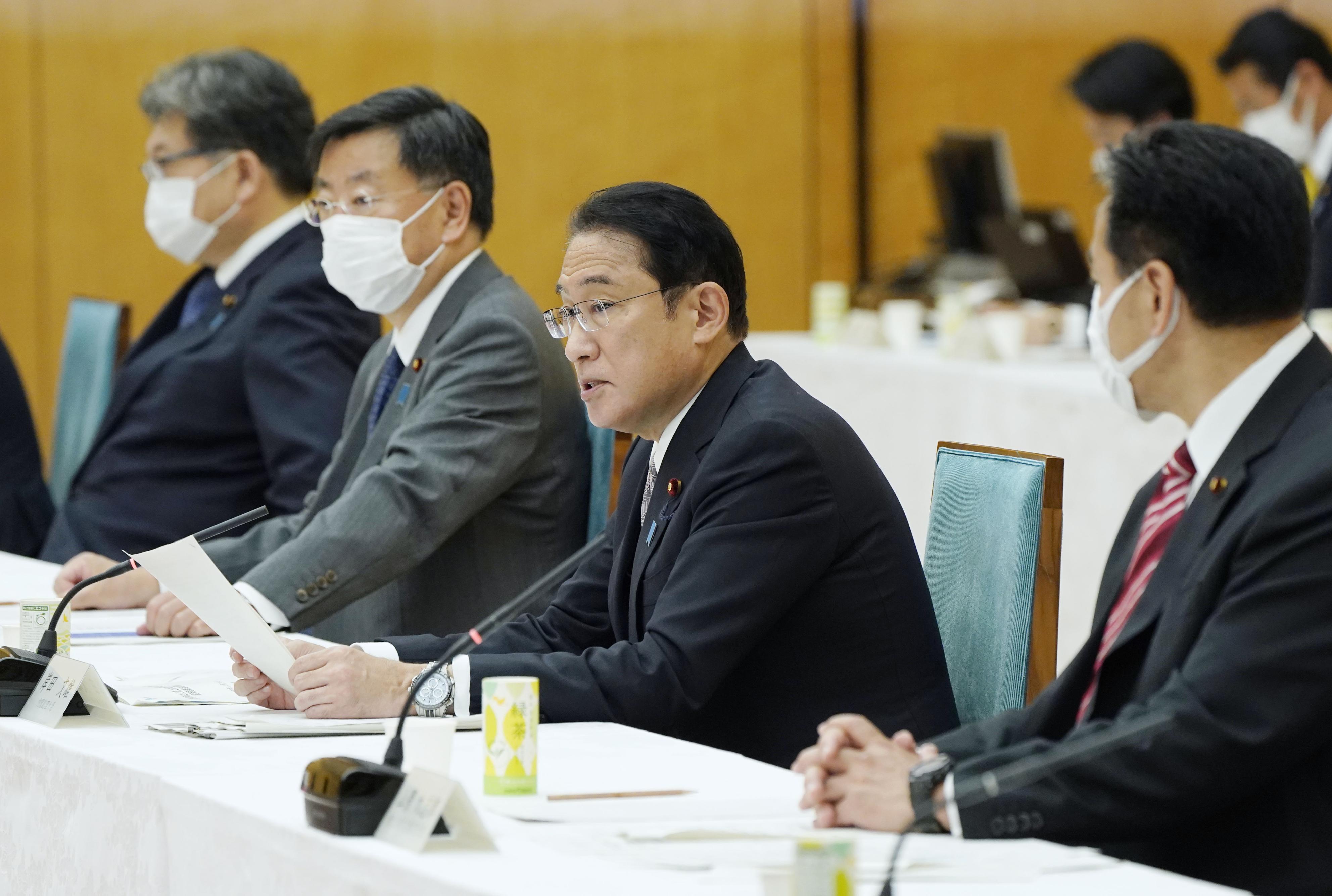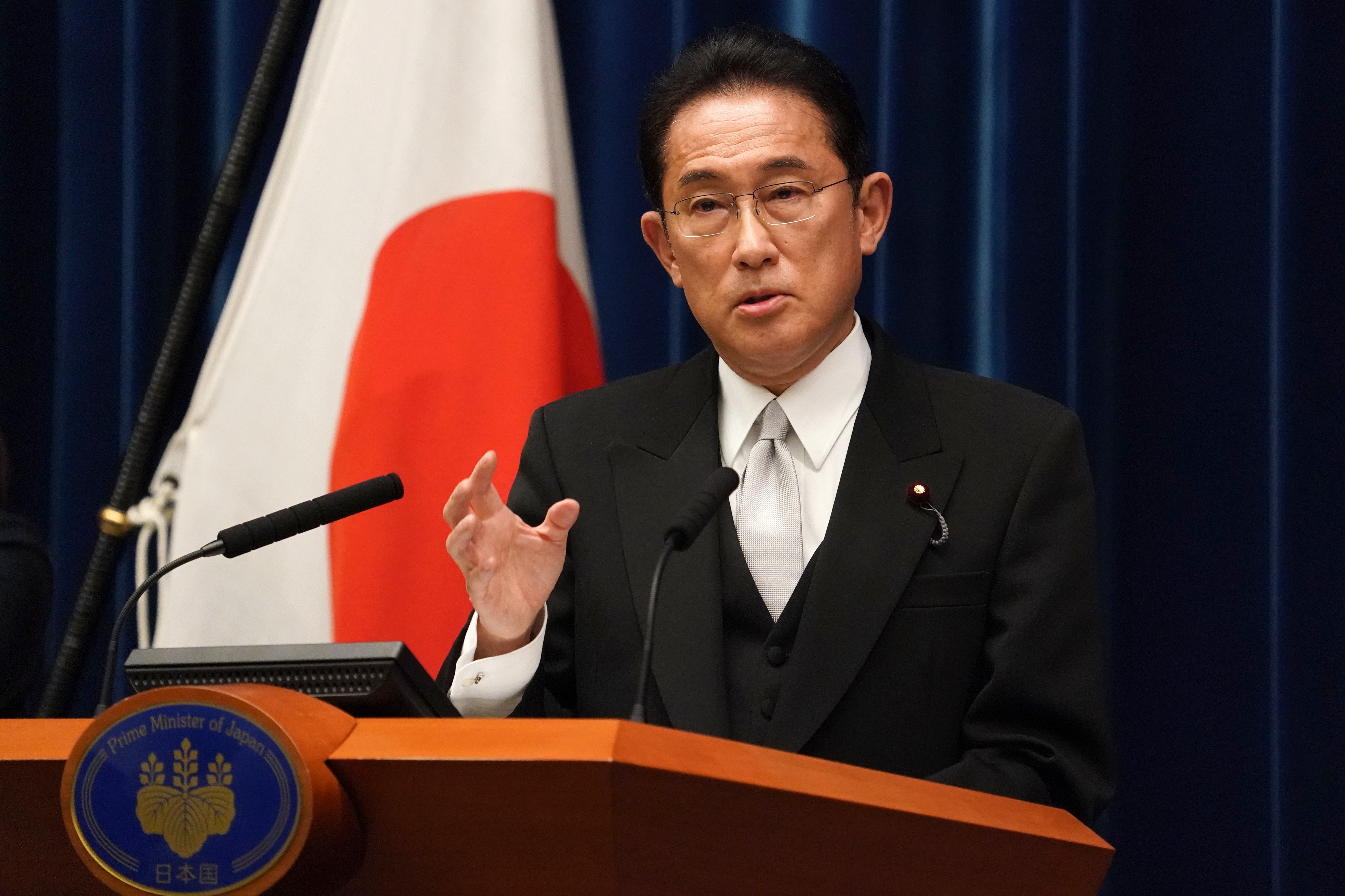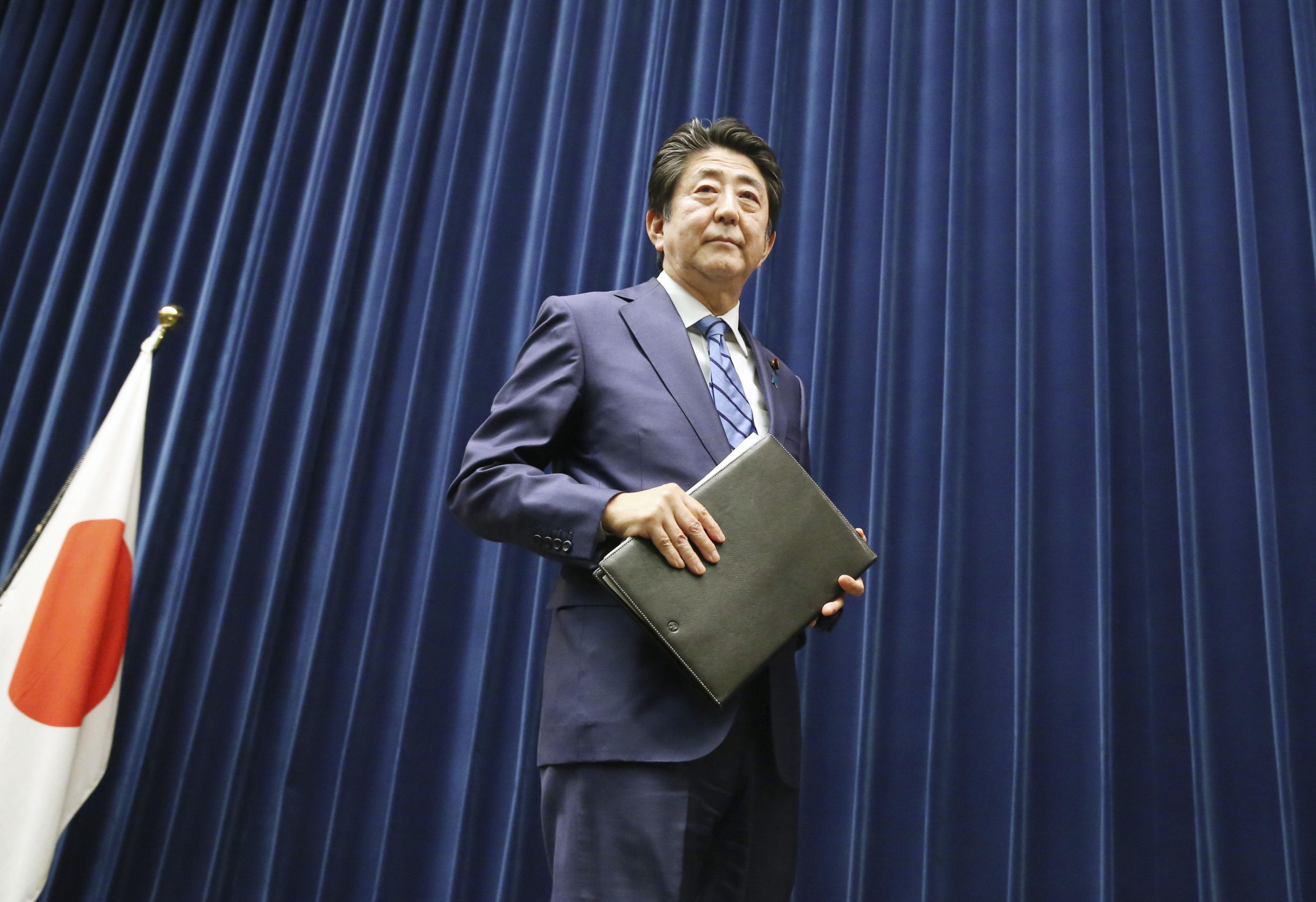
- Opinion
- Tax & Social Security Reform
What Constitutes a “Sensible” Coronavirus Stimulus Package? A Reality Check
March 30, 2020
While affirming the need for decisive measures to provide economic relief during the coronavirus crisis, Shigeki Morinobu warns against ill-considered tax cuts and urges the use of Japan’s My Number taxpayer ID system to target cash benefits to those that most need them.
* * *
On March 14, Prime Minister Shinzo Abe held a televised press conference on the government response to the COVID-19 pandemic, including emergency economic measures. “We will continue to expeditiously implement necessary and sufficient economic and fiscal policies without pause,” he said. Addressing the threat of a protracted recession, Abe pledged to “put forward bold and unprecedented policies in order to return the Japanese economy once more to a solid growth trajectory.”
No one will dispute the need for emergency relief measures to help out small businesses reeling from the precipitous drop in revenue from inbound tourism and discretionary consumer spending, or for assistance to families with children (given school closures nationwide), especially parents without the benefit of paid leave. The government must also move “expeditiously” to avert a financial panic by injecting “necessary and sufficient” liquidity into the financial market.
That said, any economic measures undertaken at the taxpayers’ expense must be sensible and well considered. The concern is that, in its rush to implement “bold and unprecedented policies,” the government will overstep the bounds of good sense. What constitutes a sensible emergency economic package?
The first condition is that it be compatible with the nation’s medium- and long-term policies. From this standpoint, we need to be particularly cautious about consumption tax cuts.
The consumption tax, including the October 2019 increase from 8% to 10%, is the fiscal linchpin of the government’s plan for “a social security system oriented to all generations”—that is, a system that invests in children and childrearing to reverse the decline in Japan’s birthrate while also meeting the rising healthcare costs of an aged society. Nonetheless, on March 11, a group of Diet members led by Hiroshi Ando of the ruling Liberal Democratic Party put forward a proposal to “reduce the consumption tax to 0% for the duration.”
There is no greater drain on political capital than a tax increase. In 2012, the major ruling and opposition parties came together to pass legislation under which the consumption tax would be hiked from 5% to 10% by 2015 to finance ballooning social security costs. Delaying the scheduled increases twice, the current administration finally reached the 10% target seven years later, in 2019. By the same token, if the tax were temporarily slashed now, it would take years for it to be restored, and plans for social security reform would have to be put on hold. Such a delay in policies to boost the birthrate and avert a demographic meltdown poses a bigger risk to the Japanese economy.
There is no denying that hikes in the consumption tax negatively impact spending over the short term, but consumption invariably rebounds. We know this by looking at the countries of Europe, which have value-added tax rates in the vicinity of 20%. To spur spending, a viable option would be to expand and increase the rebate on qualifying cashless purchases, as was instituted last October. The government must avoid painting itself into a corner with a tax cut that would be exceedingly difficult to reverse.
The second requirement of a sensible stimulus is that it use taxpayers’ money in the most effective and efficient way possible. That means targeting cash subsidies to those who need them most. Mobilization of the My Number taxpayer identification system is the key to targeting cash payments to low- and middle-income earners.
In March 2009, the Japanese government doled out cash payments of ¥12,000 per citizen, at a total cost of ¥2 trillion, to boost consumption in the wake of the global financial crisis of October 2008. At the time, many questioned the wisdom of providing such a subsidy even to the well-to-do, but since Japan had no taxpayer identification system (as it does now), any attempt to impose an income limit would have caused serious administrative difficulties.
According to a subsequent government analysis of individual data from the Family Income and Expenditure Survey (published in April 2012 by the Statistics Bureau of Japan), the aggregate effect on consumption of the March 2009 cash disbursements amounted to a mere 25% of the benefits received. At the same time, the study found that the effect was substantially larger among families with children and the elderly.
This experience should have taught us that a uniform, across-the-board cash subsidy is an ineffective tool for boosting consumption. It should be targeted more specifically to families with children. In addition, an upper annual income limit (for example, ¥10 million) should be established so that those who really need assistance can receive an adequate amount. Under the My Number system, each taxpayer has an identifying number that makes it much easier to calculate household incomes and exclude high income earners from such a benefit.
The My Number system has been in effect since 2015 in administering taxes, social security, and emergency assistance, but it is underutilized in enhancing convenience for ordinary citizens. It is an essential tool for accurately ascertaining people’s income and calculating social security benefits, though, so mobilizing it to target means-tested cash payments in the current crisis would lead to more efficient and effective tax and social security administration going forward.
The COVID-19 crisis will eventually subside, and when it does, the economy will return to normal. With this in mind, the government needs to act swiftly but sensibly to draw up and implement emergency measures consistent with the nation’s medium and long-term welfare policy.















